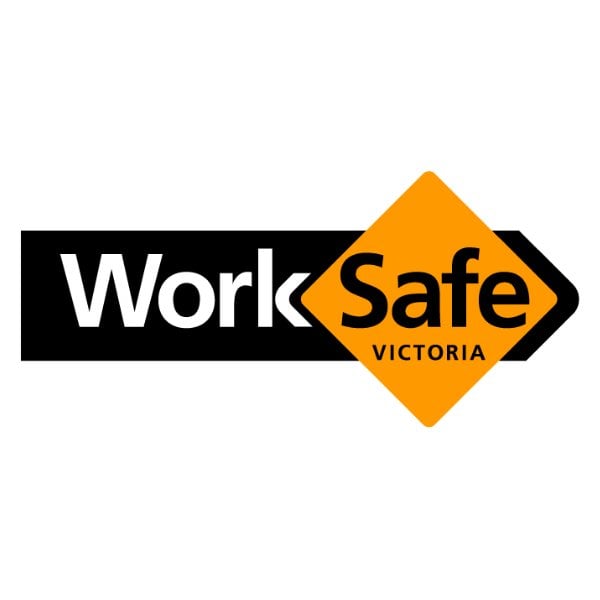

When it comes to gendered violence in the workplace, some see it as a hard-to-wrap-your-head-around topic.
Fortunately, thanks to rising awareness, conversations and better resources, the word is out and employers and workers are feeling ready to tackle this important issue.
For a bit of background, gendered violence at work is any behaviour, directed at any person, or that affects a person, because of their sex, gender or sexual orientation that creates a risk to health and safety in the workplace.
It's something that many have sadly experienced throughout their career, and the range in severity is vast.
In a Victorian survey, over 60 per cent of women reported that they had experienced some form of gendered violence at work and have felt at risk in their workplaces. As noted by WorkSafe, gendered violence comes in many forms.
For example, it can include things such as ostracism or exclusion, the use of offensive language or imagery, put-downs, innuendo, and insinuations, or being undermined in your role/position. Gendered violence at work can include particularly serious matters such as stalking, intimidation, or threats. It may also involve verbal abuse, sexually explicit gestures, and sexual harassment or assault.
Statistically speaking, certain groups are more likely to be impacted. This includes women, those from the LGBTQIA+ community, migrant workers, those with disabilities, and Aboriginal and Torres Strait Islander peoples.